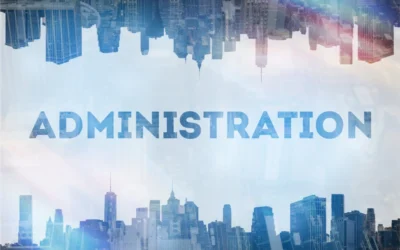The National Retirement Planning Coalition has designated April 11-15 as the 2016 National Retirement Planning week. In celebration, each day this week Watkins Ross will share some fast facts and planning tips on the various types of retirement plans we service. Monday’s focus: 401(k)/Profit Sharing Plans.
FAST FACTS
Additionally
- Experts estimate that it costs a company between $10,000-$50,000 dollars per year per employee for every year an employee delays retirement beyond normal retirement age. (Prudential Retirement)
- The average 401(k) account balance in the US has increased by over 100% in the last ten years to approximately $100,000. However the median 401(k) balance is approximately only $35,000. (Vanguard Retirement Plans)
- Using the 4% withdrawal rule, a $200,000 401(k) account balance will only provide an annual income of $8,000.
PLANNING TIPS
1. How Can Employers Help Employees Save More Towards Retirement?
MAKE SAVING EASY
Sometimes employees just need a hand to overcome status quo bias, the inertia of delaying decisions that change their current state. By implementing an Automatic Enrollment feature, an employer can eliminate the need for an employee to make a decision to save.
INCENTIVIZE EMPLOYEES
Plan sponsors should encourage the type of behavior they want their employees to engage in. For example, employers can “stretch” their match. Rather than contribute a dollar for dollar matching contribution on the first 3% of employee deferral contributions, employers may want to consider doing a match of fifty cents on the dollar for the first 6% deferred.
2. How Can Plan Design Impact Employees’ Retirement Savings?
CONSIDER TARGETED CONTRIBUTIONS
A common misconception among plan sponsors is that all employees in a plan must be treated the same. On the contrary, employees must be treated fairly but they need not be treated the same. Employers can make different levels of employer contributions to different groups of employees or specific individuals provided it can be demonstrated (using complex testing rules) that such contributions are fair. This may allow a plan to reward certain employees or provide additional benefits to business owners.
OPTIMIZE YOUR PLAN
Too often, employers adopt a “vanilla” 401(k) plan without considering how that plan can best benefit them as a plan sponsor as well as their employees, as the participants. By engaging in a plan optimization analysis, a plan sponsor can ensure their 401(k) plan best meets their needs and objectives.


